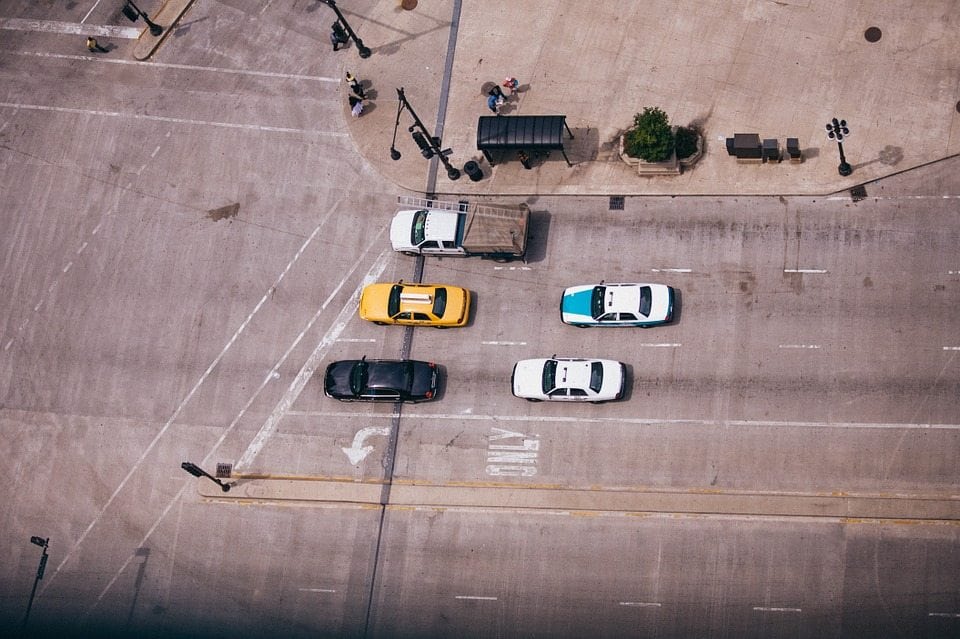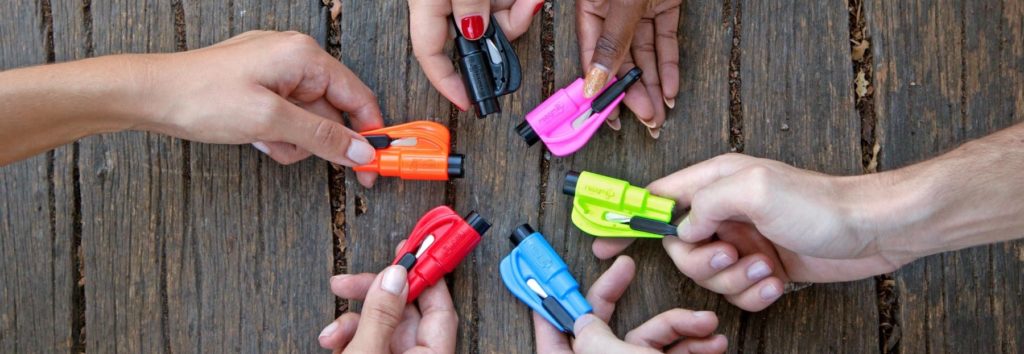
On the often-dangerous road, every little bit of technological helps. Every time you get behind the wheel of a car or turn your motorcycle onto the street, you face the risk of a serious accident. Defensive driving helps, but driving cameras can assure that any accident is well documented.
Driving cameras are an added insurance policy or your own personal “black box” to record every movement of your travels. They record your driving habits so you can learn from your mistakes. Some insurance companies use the cameras to audit your driving habits, which can lead to discounts of as much as 30 percent (http://www.comparenow.com/auto-insurance/guides/dashboard-camera.aspx )on your insurance premium, reports Comparenow.com.
In the case of an accident, where the facts might be disputed by other drivers or in the courts, the evidence is at your fingertips to prove the truth.
Technology for safer driving
Driving cameras attach to the dashboard or your vehicle, much like a navigational GPS device. Some insurance company programs record data that check the average rate of speed, the time you spend driving at night, how hard the brakes are applied, and other factors that could increase the chances for collision. The camera technology enables you to review a trip or regular commute in a manner that can easily identify moments where your attention lapses, if you popped a curb, or did something else that was less than safe.
Driving cameras also ensure that the moments of an accident are recorded. Many of today’s cameras record high-definition video at night, so every sight and sound of an accident is documented.
Barbara Marquand of Carinsurance.com, in a post by MSN Money, says that driving cameras are popular (http://money.msn.com/auto-insurance/article.aspx?post=f0c73edc-59aa-489c-8880-0a466b95d3a8 ) in Russia due to the country’s strict liability laws against unsafe driving. Many people have decided to invest in $100 cameras rather than deal with the he-said, she-said tug-of-war in court to determine the at-fault driver in an accident.
Benefits for motorcycles, too
No dashboard? No problem. Motorcyclists can benefit from the same video recording technology by attaching it to their helmets or handlebars. Cameras for motorcycles can both record footage in front of the bike, and display activity to the rear of the bike.
Brands like Skully are pioneering driving safety for motorcyclists, with what Gizmodo.com writer Corey Hass describes as wireless camera technology that make mirrors obsolete. The lack of mirrors also makes the bike feeler leaner, and more streamlined.
Bikebandit.com provides other types of hands-free digital video cameras that are easy to attach for less than $150. A simple camera, protective apparel (http://www.bikebandit.com/riding-gear-and-accessories), and a solid helmet will go far in protecting you in the event of an accident.
Many hands-free motorcycle cameras can simply be attached to any helmet or set of handlebars. Even GoPro cameras will work to give you the added piece of mind to document the road conditions in case they’re ever called into question later.
We haven’t quite advanced to the point where every helmet will have a built-in computer screen or every car has cameras rather than mirrors. There are simple solutions now, though. Attach a camera to your dashboard or helmet, record the data, and become a better driver instantly.

